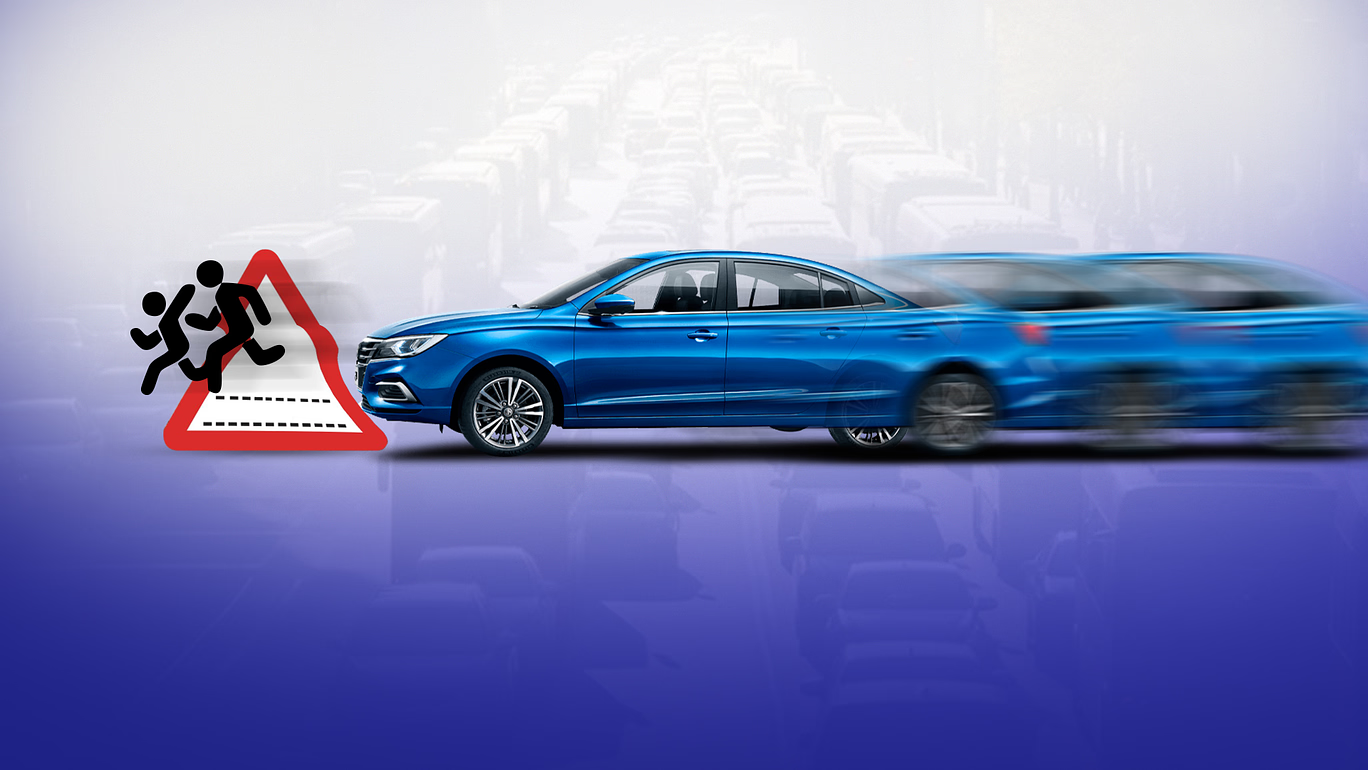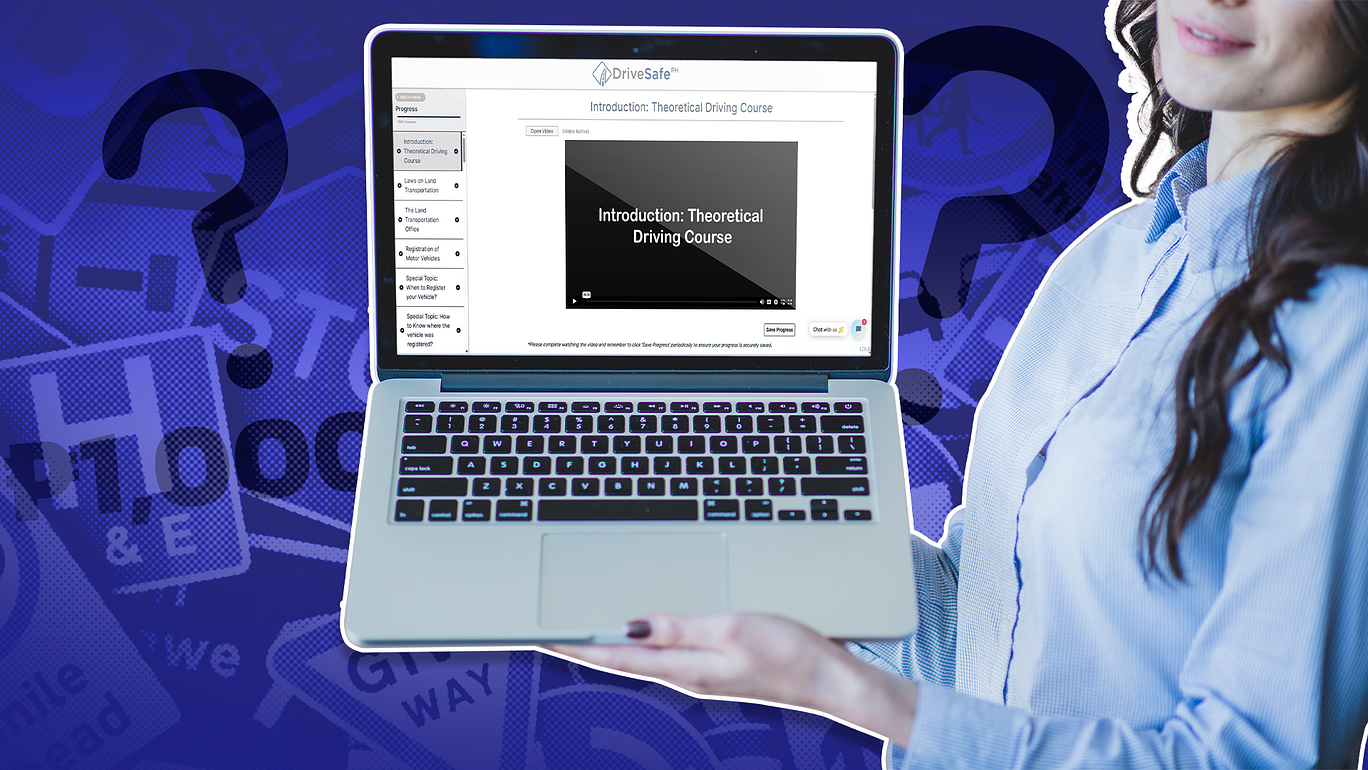Drivers move through places guided by symbols, from traffic lights to road signs, to hand gestures, and to dashboard lights.
Dashboard lights light up briefly when starting an engine, but if it stays lit up while driving, then it means something that you need to look into. Hence, understanding car dashboard symbols and their meanings are vital for drivers.
While all vehicles differ slightly, most share a common set of dashboard symbols and signals. As a rule of thumb:
- Red warning lights mean something needs immediate action or that something is critically wrong. Never ignore these warning signs.
- Blue or green simply displays that a particular feature is active
- Yellow or orange cautions drivers that one or more of their car’s systems are not functioning as they should, thus needing to be checked soon.
While all vehicles differ slightly, most share a standard set of dashboard symbols and signals.
Here’s a guide to help you understand the most common dashboard lights:
1. Seatbelt warning
This may not seem like a critical issue but not putting your seat belt on is dangerous and illegal as well. This warning light is a good reminder just in case you forgot to put yours on prior to driving. New cars have these sensors paired with an alarm that becomes increasingly aggravating the more it gets ignored.
2. Car Door Warning
One of the doors might be slightly loose, the trunk or hood might be open, or the interior lights are on – one of these might be the reason why this warning sign will light up.
Leaving the car door open is dangerous for your passengers and to the people you share the road with when it opens while the car is moving. Make sure to lock your car doors before driving off, especially if you have curious children in the back seat.
3. Engine Management light
It is safe to drive if this is always lit and there’s no loss of power. It is not safe to drive if it’s flashing while you’re driving.
Cars have lots of sensors to check if everything’s running smoothly. If there’s a problem, the sensor will tell the engine control unit (ECU) which will turn on the engine management light. There are many reasons why the light will show but until you get into a garage, avoid heavy acceleration and high engine speed. Stop the vehicle when it’s safe to do so. Restart the engine after 2 minutes to reset the engine management system.
4. Battery warning light
The first thing to do is turn off all unnecessary electronics, such as your car stereo and air conditioning, and unplug devices that are charging on your car, too, if there are any.
This warning light means the engine and alternator are not functioning correctly to recharge the battery, or your car battery isn’t charging; it might be because of wiring issues, the alternator, or the alternator drive belt. Hence you must have your car looked at by a certified mechanic immediately.
What you can do is stop the vehicle in a safe place and turn off the engine. Consider stopping by a gas station or somewhere where you may be able to get a jumpstart in the event that your battery is dead.
5. Oil pressure warning light
Check first your oil levels; the light shows when there is no oil pressure in the engine. If so, then all you need to do is to top up.
If the level is right and the warning light is on, there’s a problem with the oil supply. There is enough oil, but the problem is how the supply could go through; check if the oil pump or the oil filter is blocked. Keep in mind that your car engine needs the right oil pressure to stay lubricated and avoid getting damaged.
6. Brake warning light
When this light shows up, your vehicle may have a brake fluid leak, a sensor failure, brake pads need to be replaced, or maybe just because you haven’t released the handbrake.
Check first if you’ve released the handbrake fully. If you did and the warning light is still there, check your brake fluid next. It might be the brake fluid level is low; there is leakage, or a sensor fault.
Pull over and get help if you need to press your brake further than usual; this is probably because your hydraulic brake circuits may have failed.
7. Anti-lock braking system (ABS) warning light
Anti-locking bakes are needed to prevent hydroplaning when roads are wet and slippery.
When this warning light shows up, your brake system is probably working just fine, but you have to be extra careful driving through slippery or wet roads not to have your wheels locked up. It might have just shown up as a sensor fault, but it is best to have it checked.
If both your Brake system and ABS warning lights come on at the same time, have it checked and fixed right away.
8. Engine Temperature Warning
You might have been driving for so long, and this shows up. The sign is indicative of high temperature, but there are many probable reasons why; it may be due to low engine coolant levels, a leaky or faulty radiator, clogged pipes, or a blown gasket.
Avoid permanent damage and imminent danger by not continuing driving until the cause is resolved. Pull over as soon as you can and turn your engine off to allow it to cool down.
9. Tire pressure sensor warning
As the tire pressure drops, handling decreases, and braking becomes less controlled. To avoid this, it is best to check your tire pressure, especially if going on long drives. Have a tire pressure checker handy, or stop by gas stations that have these checkers available.
10. Traction-control warning
This symbol lights up when the tires are not gripping the road as well as they should, especially during the rainy season and when you are driving on slopes. If this warning sign shows up, have it checked immediately to avoid danger.
11. Low fuel warning
This is the warning light we often see and dread. This signals a driver that it’s time again to top up their gas tanks. Consider the gas meter as a gauge to know when you still have enough gas to last a drive, and avoid waiting for the warning signal to light up before filling up your gas tank.
FEW REMINDERS:
No lights are showing on the console
If your car dashboard console shows no lights upon turning your key in the starter, there is a good chance that a fuse was blown. Replace it as soon as possible since many of the lights are indicative of something important.
Check the car’s manual
Check your owner’s manual and be familiar with the icons that might show up. Warning icons vary with each manufacturer, and it is always best to know what you might be up against to be prepared.
Make visits to your trusted mechanic a habit.
Engine breakdowns happen; they are inevitable due to wear and tear and even due to prolonged periods of time when you do not use your car. Having your vehicle checked should be a habit to at least avoid those breakdowns that can be prevented.
No potential problem with the engine should ever go overlooked
Even if it might seem simple, you should get to a mechanic at your earliest convenience. Engine damage can lead to hefty repair or replacement bills.
There are so many symbols and signs a driver has to familiarize themselves with. Knowing what goes inside your car and how to work through it is part of a driver’s shared responsibility in making our roads safe.
Drivesafe PH provides a theoretical driving course that helps you understand the basics of driving in comprehensive detail. Drivesafe PH is the 1st LTO Accredited Online Theoretical Driving Course Provider, a social learning platform that provides accessibility to Defensive Driving Education to future Filipino drivers who would like to take the first step in Road Safety.


